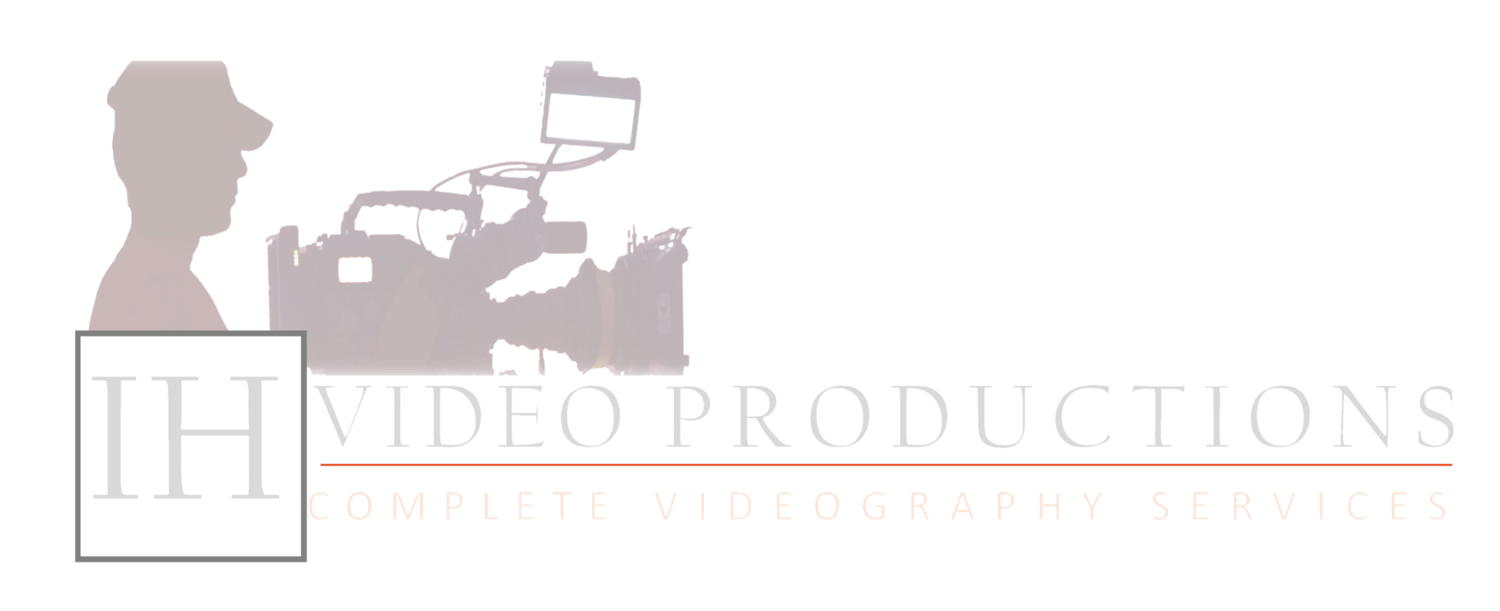Web Casting Productions
/Today we are talking about Web Casting for Conferences. When web casting for conferences, government etc., you need to get full details of what they are looking for. For example, they can want a very basic webcast or something that can consist of a number of cameras, video mixer, sound boards, etc.
1. A basic web cast would more than likely consist of one camera, web cast encoder, a feed from the mic at the podium to the camera.
2. A medium based webcast would consist of 2 cameras with operators, video and audio mixer and maybe a power point presentation .
3. A high end Webcast would consist of 3 or more cameras with operators, a sound tech would be hired to look after all the mic feeds . Then we would get a feed from his sound board. We would also have a small audio mixer to make any sound adjustments on our end instead of asking the sound tech to do it; of course a 5-7 input video mixer coming from and to our encoders.
Clean Video .
Clean video and the type of camcorders you use are very important in todays technology Usually everything can be output from a HD signal (depending how strong the upload speed is). Modern HD connections include HD-SDI, HDMI, and Component. HDV over FireWire is no longer relevant, as that codec has been replaced with AVCHD and anamorphic codecs have more undesirable video artifacts than a full-raster recording. In fact I have not seen any new encoders that carry fire wire . SDI is the best reliable way to carry an HD signal for web casting as a HDMI signal can come loose very easily. Also most HDMI cables cannot support strong HD signals to the encoder if it is longer than 8 feet where sdi cables can run hundreds of feet. As we do have a lot of cameras with hdmi out, we usually connect to an hdmi/dsi converter and then extend our sdi cables as long as we want to our encoders.
Clean Audio
Clean audio is just as important as clean video and having the right mics along with a simple audio mixer is crucial. When we do conferences they usually give us a xlr connection from the sound tech (that is the easiest way to do it).If there is no sound tech usually the facility you are in has a tech person that can connect you to the mic with a xlr cable. If not, then I have gotten away with using my lavalier mic on the podium, hidden away from the camera shot. If the speaker moves around a lot it is crucial that you mic up the speaker with your livalier mic. We always cover our bases.
In closing
We always cover ourselves in every way when doing live web casting productions. We always have a rule of thumb test, test, test, take; even a full day to test is not a bad idea (depending on how big the production is). Make sure that you are so confident everything is going to work that if you do run into any trouble it does not affect the broadcast.


